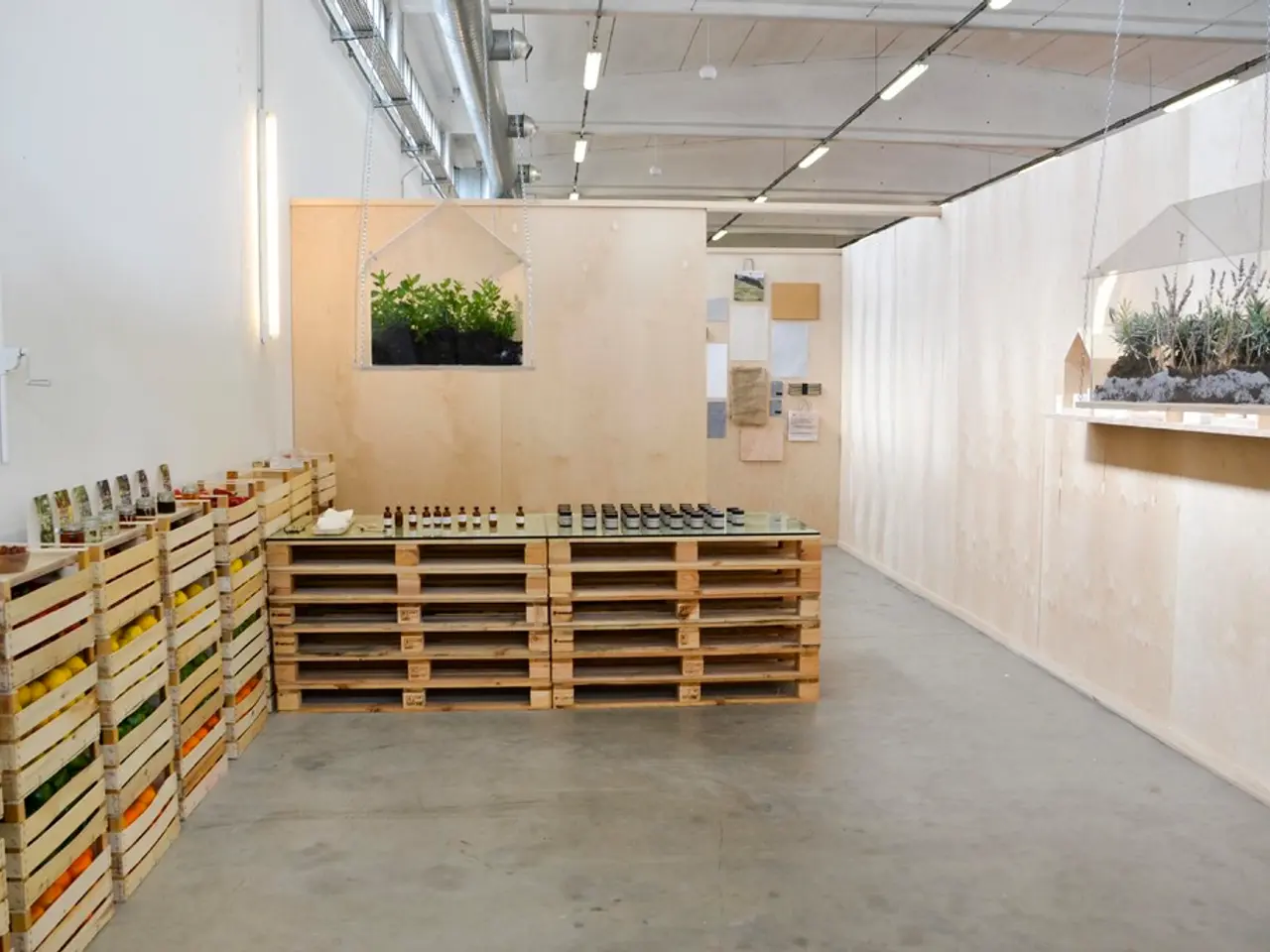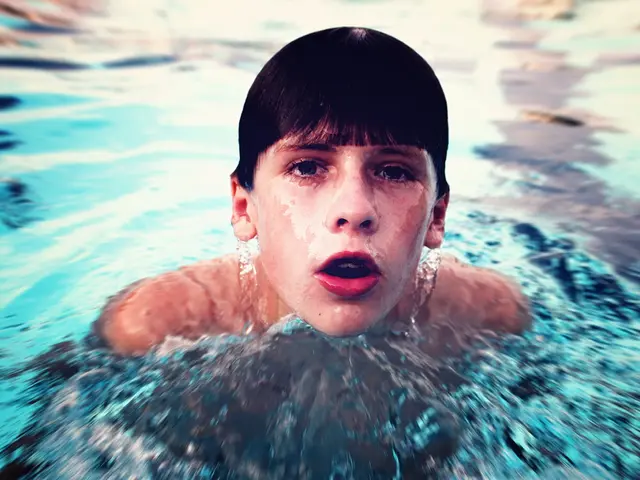Essential Insights into Illumination for Aquarium Coral Habitats
In the world of reef tank enthusiasts, creating an environment that mimics the natural underwater lighting conditions is essential for the health and vibrancy of corals. Here's a guide on how to achieve horizon-to-horizon lighting for your reef tank using LED lights with a wide blue spectrum.
To begin with, using distributed LED bars or flexible LED strips evenly around the tank's perimeter is key. This arrangement ensures even, full-width coverage without dark spots, creating a seamless horizon-to-horizon lighting effect across the length and width of the tank.
The LEDs should have a broad blue spectrum, typically in the 400–480 nm range, to replicate natural underwater lighting conditions and enhance coral fluorescence. Opting for LEDs with a wide blue spectrum and high color rendering not only supports coral health but also contributes to visual aesthetics, with vibrant, natural colors.
Moreover, employing adjustable mounting and angles can help fine-tune the light direction for maximum uniformity across the tank. For instance, fixtures with 180° adjustable bases can be particularly useful in achieving this.
A PAR (Photosynthetically Active Radiation) meter is an invaluable tool in achieving optimal lighting. By measuring the intensity of usable light (400–700 nm) that reaches the corals, a PAR meter allows you to quantify light distribution across different points of the reef tank surface, identify and eliminate areas with insufficient light, adjust LED positioning and intensity to ensure corals receive adequate photosynthetic light without hotspots or shadows, and optimize energy use and avoid overdosing light, which can stress corals.
When it comes to selecting artificial lighting for a reef tank, look for LED lights that offer a wide blue spectrum, with a range from about 390 nanometers to 470 nanometers being ideal. For LPS (large-polyp stony) corals, a PAR range of 50-150 is recommended, while SPS (small-polyp stony) corals thrive in the range of 200-350.
It's important to note that relying on visual estimation for PAR levels is unreliable due to human eyes' lack of sensitivity to the blue range of light. Therefore, a PAR meter is essential for accurate tuning of PAR levels.
Consistency is key for coral health, and by returning the PAR meter after using it for two months, you eliminate the temptation to constantly adjust your lights, providing a stable lighting environment for your corals. Additionally, returning the PAR meter after two months can offer monetary benefits and provide stability for coral health.
In summary, combining carefully arranged wide-spectrum blue LEDs for horizon-to-horizon coverage with feedback from PAR meter readings ensures balanced, effective lighting that promotes coral growth and visual appeal in reef tanks.
Read also:
- Dual-function mattress offers both cooling and coziness at an affordable price.
- Ontario falls short by a small margin in delivering the goal of four hours daily care for long-term care residents.
- "Thrilled response" from animal rights organization following cessation of canine testing at London, Ontario healthcare facility
- Altruistic zeal and a drive to instigate beneficial transformation







